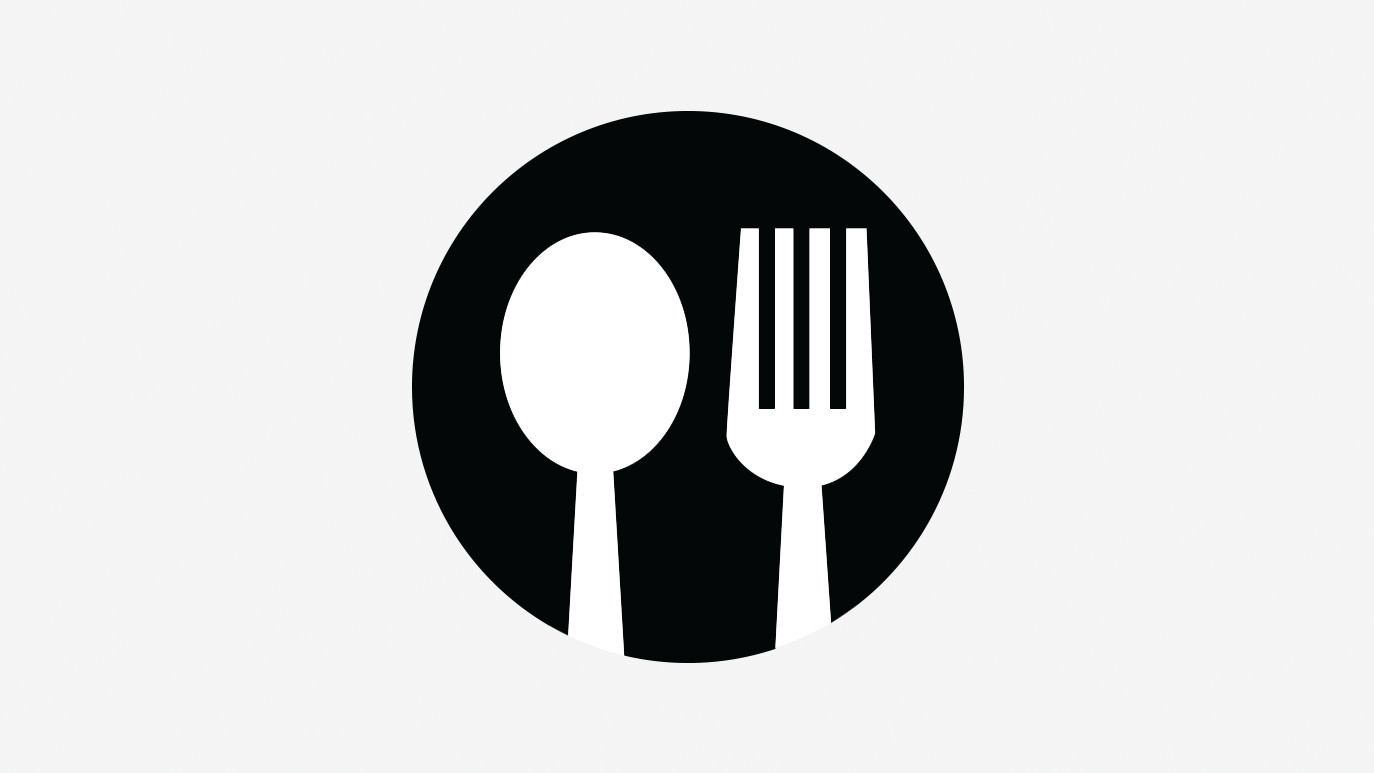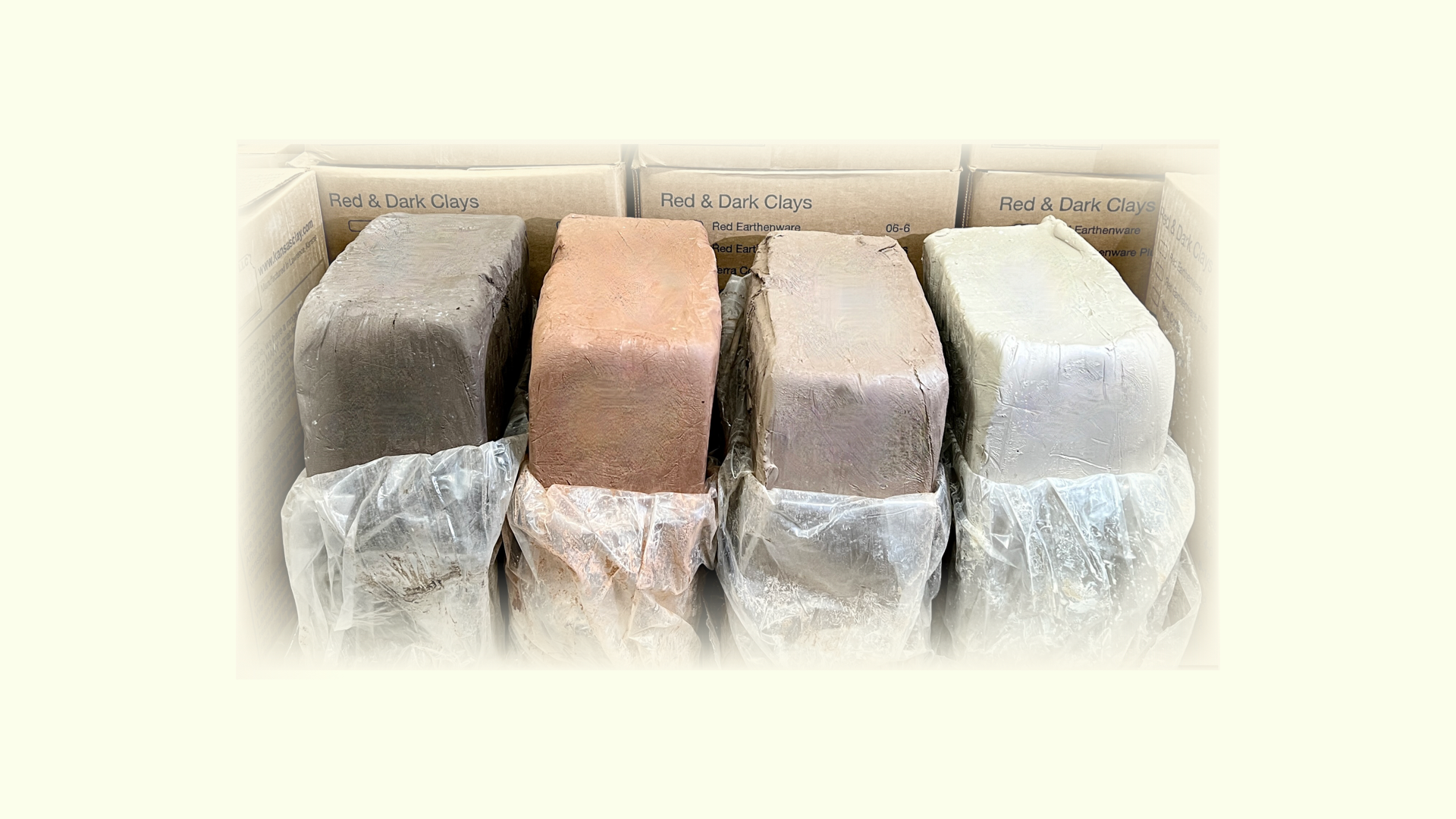Speckled Blue Yonder
Speckled Blue Yonder
Share this product
Cone 06 oxidation (first image): Speckled Blue Yonder is a heavily pigmented, viscous Stroke & Coat® glaze with white specks that can be used for brush strokes or opaque coverage. One coat will create a translucent finish with subsequent coats adding opacity. We suggest two to three coats for full opacity and all over coverage. Will fire to a gloss finish without clear glaze.
Cone 6 oxidation (second image): Semi-Transparent. Color slightly lightens. Specks remain same.
Cone 10 reduction (third image)
Hurry up, only 5 items left in stock.
Glaze Characteristics
Glaze Characteristics
Firing Range:
Color(s):
Finish:
Surface Appearance
Other Details
Other Details
Safety
Safety
Dinnerware Safe (Mayco Classification and icon) :
AP Non-Toxic (for glaze manufacturers utilizing ACMI testing lab):
Your payment information is authorized at checkout, your order is then reviewed by staff, and your payment is processed securely after your order is confirmed. We do not store credit card details nor have access to your credit card information.
Information & References
Mayco Stroke & Coats
Mayco Stroke & Coats

Stroke & Coat® is the industry’s most versatile glaze. It can be applied on wet clay, earthenware bisque, or stoneware bisque, fired from cone 06 to cone 10, in oxidation or reduction, and used in every decorative way imaginable.
THE CREATIVE CHOICE FOR POTTERY GLAZE
Stroke & Coat® is a heavily pigmented, viscous glaze line that can be used for brush strokes or opaque coverage. Use these glazes to create intricate, detailed designs and butt up to one another without colors moving. When used in a majolica process, Stroke & Coat® will not move nor blend with the colors beneath. Stroke & Coat® colors are intermixable, allowing artists to create custom shades. Thin with water to create a “wash” or watercolor style of design. Because the liquid color is consistent with the fired color, artists will have no trouble visualizing finished results as they create.
Click an image below to download a full color-sheet of Stroke & Coats at low fire or high fire!
Mayco Glaze Use
Mayco Glaze Use
Fill in the text content of the collapsible item here. You can provide details and explanation for the question here.
Jump to Sections: Fundamentals • Stroke & Coat • Foundations • Elements • Stoneware Glazes
Fundamentals
Shake well. Apply 2-3 coats to wet clay, greenware, or cone 04 bisque for use in design or solid coverage. Fundamentals® have a firing range from cone 06 to cone 10. If the form you are painting has texture, dab excess color out of the texture, and never allow the glaze to pool in the texture. To intensify color or for use on dinnerware, apply a clear or matte clear glaze. For use on clay or greenware, apply underglaze, allow to dry, and fire to cone 04. If desired, apply clear glaze and re-fire to cones 06-05 for earthenware and cone 5-10 for stoneware (998°C–1285°C). For use on bisque, apply to cone 04 bisque, apply clear glaze if desired and re-fire earthenware to cone 06/05 and cone 5-10 for stoneware. Generally, a clear glaze finish is applied to bring out the true color and vividness of the product. We recommend S-2101 Clear for low-fire and SW-001 Stoneware Clear Glaze unless noted SW-004 Zinc-Free Clear for mid-range.
Jump to Sections: Fundamentals • Stroke & Coat • Foundations • Elements • Stoneware Glazes
Stroke & Coat
One coat of Mayco Stroke & Coat® will create a translucent finish with subsequent coats adding opacity. We suggest 2-3 coats for full opacity and all over coverage. Let dry between coats. Stroke & Coat® glazes will fire to a gloss finish without clear glaze. However, if desired, a clear glaze (such as NT-CLR Clear One Dipping Glaze or S-2101 Crystal Clear Brushing) can be added. For application on wet or leatherhard clay and firing to cone 04, colors will retain their vibrancy with huge time savings. We recommend leaving an area unglazed, such as the back or bottom of the unfired piece, to allow for out-gassing of the clay during the single-firing process. Limit glazes to 2 coats including design work.
Jump to Sections: Fundamentals • Stroke & Coat • Foundations • Elements • Stoneware Glazes
Jungle Gems
Crystal glazes were designed to mature at cone 06/05. Shake the jar well and stir during the application process. Apply two to three even coats to shelf cone 04 bisque with a fan brush, allow to dry between coats. We recommend a soft fan brush, such as CB-604 #4 or CB-618 #8 Soft Fan, for glaze application. Stir frequently as crystals tend to settle in the jar due to their weight. Re-distribution of crystals may be required during the final coat. Where you see the crystal is where you will see it bloom. Avoid heavy application of crystals at the bottom of ware as the crystals bloom and can adhere to the kiln shelves or stilts. The crystals in the glaze will melt when fired, which may create a textured surface. Jungle Gems™ Crystal Glazes have a natural crazing that occurs when the crystals “bloom”. As that surface may be difficult to properly clean if in contact with food, we recommend crystal glazes to be used on decorative ware.
Jungle Gems™ Crystal Glazes have been formulated to mature at cone 06/05. However can be fired at higher temperatures. Their performance at cone 6 is noted on each individual product label. Crystals tend to flow at higher temperatures so take care on vertical pieces. We recommend testing on your clay body and in your kiln prior to use.
Jump to Sections: Fundamentals • Stroke & Coat • Foundations • Elements • Stoneware Glazes
Foundations
Shake for 5-6 seconds before use. Dispense glaze onto a palette (tile, plate, etc.) and apply with your brush or decorating accessory of choice (sponge, stamp, etc.). Foundations® glazes were designed to mature at a shelf cone 06/05. Apply 2-3 coats, on cone 04 bisque, allowing surface to dry in-between coats. Foundations® dries quickly and speeds up your ability to handle or perform additional decorating. Glaze fires to high-gloss finishes (excludes mattes), therefore does not need to be clear glazed. When applying to a large surface, we recommend a broad, soft brush such as CB-604 #4 Soft Fan. Try to get the brush fully saturated (loaded) and apply each coat in the same direction to minimize brush marks.
Foundations® have been formulated to mature at cone 06/05. However most will maintain their color at higher temperatures. Their performance at cone 6 is noted on each individual product label. We recommend testing on your clay body and in your kiln prior to use.
Jump to Sections: Fundamentals • Stroke & Coat • Foundations • Elements • Stoneware Glazes
Elements & Element Chunks
Shake for five to six seconds before use. Dispense glaze onto a palette (tile, plate, etc.) and apply with a soft brush or decorating accessory of choice (sponge, stamp, etc.). Dipping your brush directly into the jar may contaminate the jar’s contents, especially if you are using other glazes. Apply three to four coats to your piece. Elements™ glazes were designed to mature at a shelf cone 06 (999° C or 1830º F). When applying them over a large surface area, we recommend a broad, soft fan brush.
Moisten the brush with water first. The brush fully saturated (loaded) and each coat applied in the same direction. When the wet look has gone from the first coat, you may apply the next coat of glaze. Be sure the glaze has dried thoroughly prior to firing. A medium ramp/firing rate is recommended (250°F per hour) at shelf cone 06. Elements™ can be fired at higher temperatures but will change in appearance. We recommend testing prior to use.
Jump to Sections: Fundamentals • Stroke & Coat • Foundations • Elements • Stoneware Glazes
Stoneware Series
Stoneware Classic & Matte Glazes: Stir well. Apply to soft-fired bisque (cone 04/06). Apply one, two or three coats depending on the result desired. Allow each coat to dry before applying the next coat. Fire from cone 5/6-10. See label for additional firing information for individual glazes and cone 10 performance.
Stoneware Gloss Glazes: Stoneware Gloss glazes can be used in design, all over coverage and are the ideal product for intermixability at mid-range temperatures. The integrity of your design will remain unchanged as these glazes are incredibly stable and will not move or combine with surrounding colors. See label for additional firing information for individual glazes and cone 10 performance.
Dry mix products: Always wear a NIOSH-approved respirator when handling dry glazes. Gently tumble unopened bag to redistribute material, Sieving is not necessary. Mix one 10Ib bag of Dry material into at least 10 pints of water. Stir thoroughly. Add additional water until desired Specific Gravity is reached. Specific Gravity preference will vary between studios, persons, and practice. Our recommended Specific Gravity is in the range of 1.47-1.51. This is for a 1 second dip time; you may want to mix to a lower Specific Gravity if you layer your glazes or tend to dip longer. Stir well before each use. We suggest using dipping tongs. Immerse the ware for 1-2 seconds. One dip of Mayco Dry is equivalent to 3 coats. Shake excess glaze off gently. Allow the glaze to dry before applying additional coats, if desired. When applying Stoneware Dry Crystal glazes, use a cup or ladle to pour the glaze over your piece. While the glaze is wet, you may use a fan brush to evenly distnbute the crystals; avoid heavy crystal loading on the bottom 1/3 of your piece. Fire to preferred temperature, cones 5-10 (2167°F-2345°F / 1186°C-1285°C). Testing recommended. The choice of clay body, the thickness of glaze application, the firing process, and temperature will affect the fired results.
Tip: Save your bag or log the lot number for if you have any questions for our technical team. Tip: Apply AC-302 Wax Resist to the bottom for easy dry foot clean-up.
Mayco Safety Information
Mayco Safety Information
Fill in the text content of the collapsible item here. You can provide details and explanation for the question here.
FOOD SAFE VS. DINNERWARE SAFE VS. NOT SUITABLE FOR DINNERWARE DUE TO SURFACE CHARACTERISTICS
The Food and Drug Administration (FDA) issues a series of Compliance Policy Guides (CPG) that explain policy on regulatory issues related to the FDA laws or regulations, primarily “Food Safe”. Specific to ceramic products and supplies:
- CPG Sec. 545.400 Pottery (Ceramics); Import and Domestic – Cadmium Contamination: delineates the acceptable test methods and levels of cadmium leach that is permissible
- CPG Sec. 545.450 Pottery (Ceramics); Import and Domestic – Lead Contamination: delineates the acceptable test methods and levels of lead leach that is permissible
- Please note: it is NOT illegal for a foodware item to contain traces of lead or cadmium as long as these substances test below the thresholds established in these guidelines.
“Food safe” seems to be one of the most confusing concepts for ceramic studios. It can be used differently among manufacturers, which lends to the confusion. There are some dissimilarities in how we ceramic manufacturers use definitions of food safe, dinnerware safe and other safety related information. Following is Mayco’s approach:
VIDEO
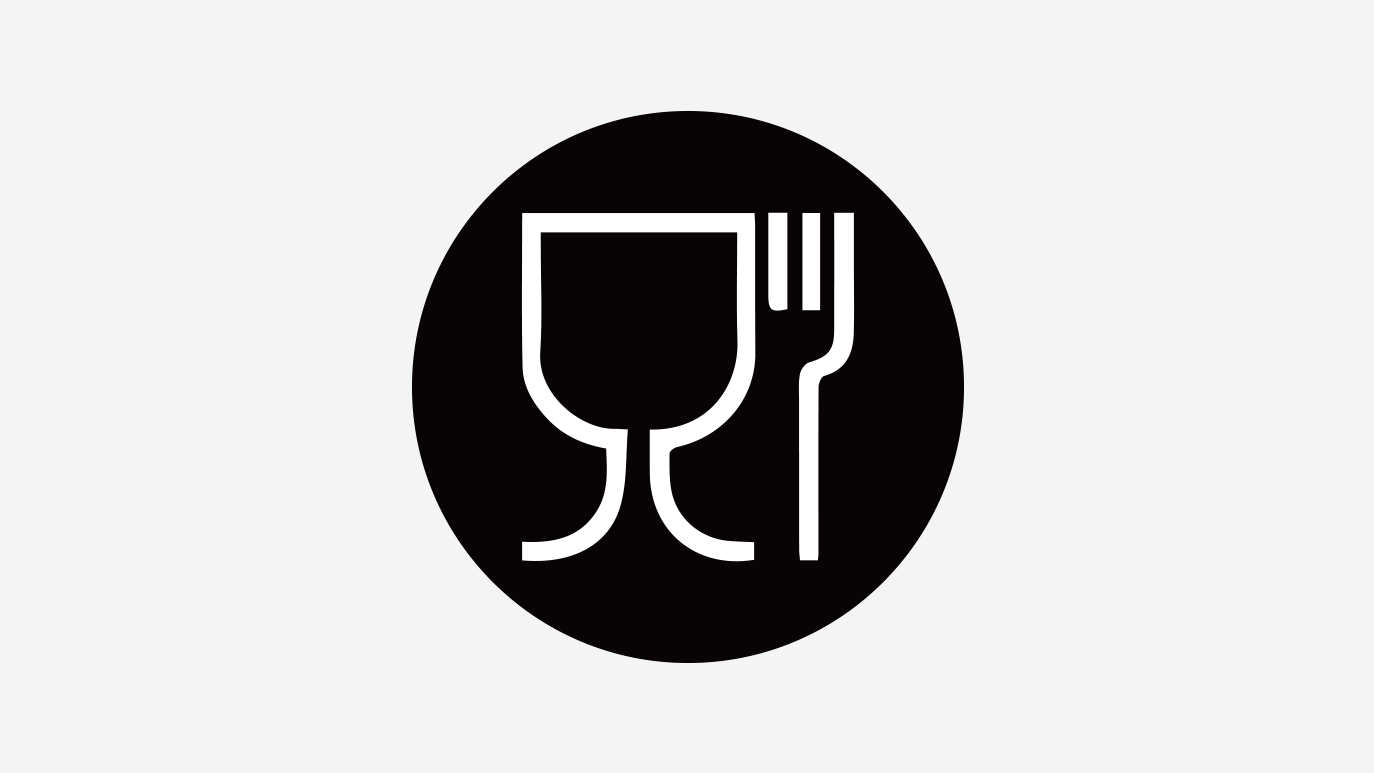
FOOD SAFE
“Food Safe” refers to the glaze in its final, fired state. “Food Safe” is a regulation and is defined by the Compliance Policy Guide, which is maintained by the FDA and only applies to lead and cadmium release. “Food Safe” refers to the glaze in its final, fired state. If a product has a food safe designation, we have conducted testing on the individual glaze (or similar in formulation), which has passed standards for food safety when used according manufacturer’s direction. Finishedware producers bear responsibility for food safe testing their ware being sold into commerce.

DINNERWARE SAFE
“Dinnerware Safe” indicates the fired glaze surface meets the FDA standards for food safe, the fired surface is free of surface texture that could potentially trap bacterial, and the fired surface is chemically durable. Please note, dinnerware safety is not defined by cutlery scratches. Finishedware producers bear responsibility for dinnerware safe testing their ware being sold into commerce.
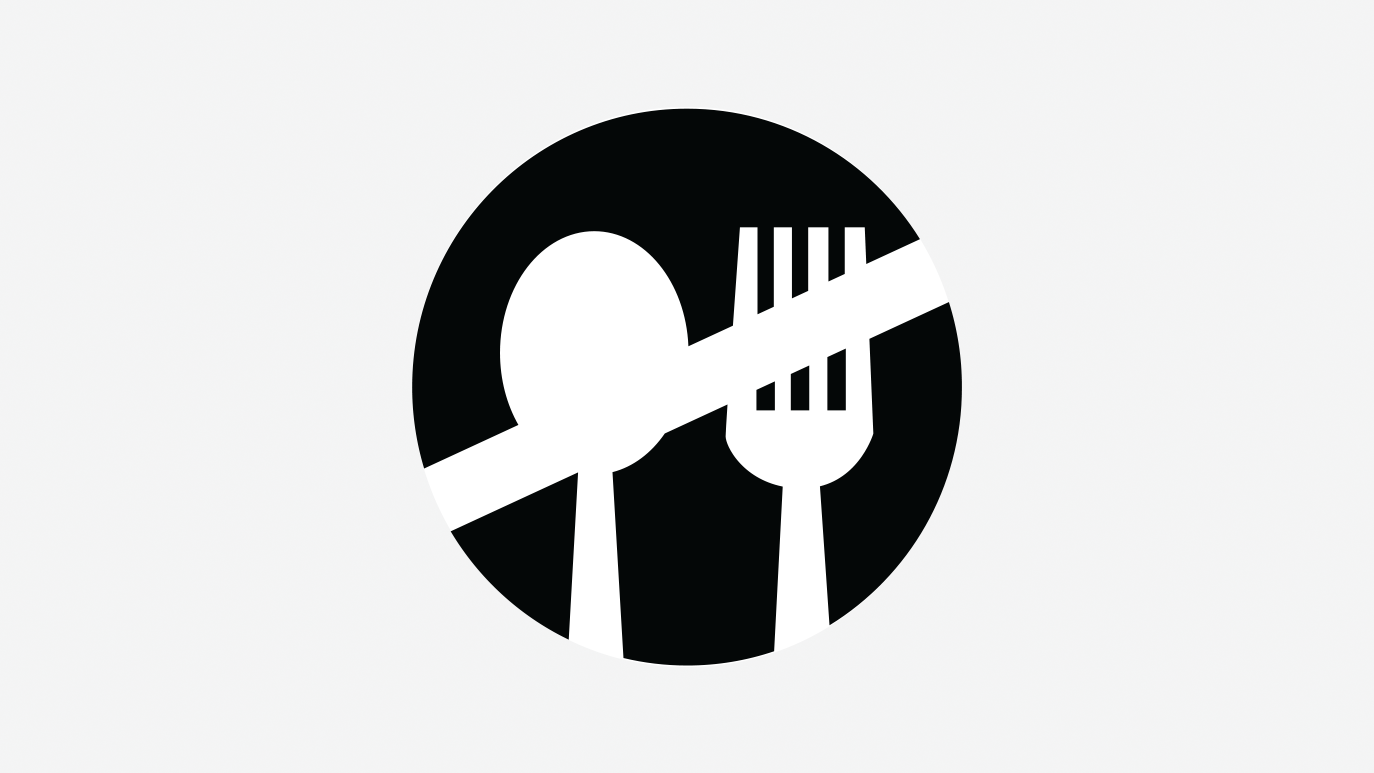
NOT SUITABLE FOR DINNERWARE DUE TO SURFACE DURABILITY
“Not Suitable for Dinnerware due to Surface Durability” indicates the fired glaze surface may not be desirable to use a particular glaze for dinnerware even though it has passed the food safe testing process. Much of this is due to the fired glaze surface being impacted by contact with acidic food or liquids. Please note, dinnerware safety is not defined by cutlery scratches.

NOT SUITABLE FOR DINNERWARE DUE TO SURFACE CHARACTERISTICS
“Not Suitable for Dinnerware due to Surface Characteristics” indicates the fired glaze surface. It is a term we use to describe situations (cracks, crevices) where it may not be desirable to use a particular glaze for dinnerware even though it has passed the food safe testing process. Much of this falls under common sense or practicality. Please note, dinnerware safety is not defined by cutlery scratches.

EARTHENWARE AND OTHER POROUS BODIES
Certain glazes may not be recommended for dinnerware produced from low fire earthenware clay bodies. These glazes can exhibit surface textures such as cracks and crevices. While the glazed surface may pass lead & cadmium leach tests, and therefore technically considered Food Safe, attempts to adequately clean the textured surface may cause the underlying porous ware to absorb water and fail or crack.

STONEWARE AND PORCELAIN MID-RANGE AND HIGH FIRE BODIES
The same textured glazes that are not considered dinnerware safe for earthenware may be dinnerware safe if surface texture is eliminated when firing to higher temperatures. Ware with minor surface characteristics can be considered Dinnerware Safe provided the clay body is vitrified and the ware can be adequately cleaned.

DURABILITY OF FIRED GLAZE
Some glazes, regardless of surface texture or porosity of underlying clay body, will be designated as not suitable for dinnerware as the fired glaze surface is not durable and can be impacted by contact with some food or liquids. While it may not be harmful, it is certainly not desirable. An example would be Stoneware Texture glazes or Cobblestones.

SPECIALTY FIRINGS
Regardless of the glaze used, ware created in specialty firings such as Raku are not considered suitable for dinnerware as the clay body is porous.

NON-TOXIC AND LEAD FREE
These terms are featured on most of our liquid glaze labels. This statement lets you know that the product has passed toxicological examination and will not cause acute or chronic damage to the human body It has nothing to do with food safety, which is a standard applied to the fired ware.
ICONS

AP SEAL
The AP (Approved Product) Seal identifies art materials are certified in a toxicological evaluation by a medical expert to contain no materials in sufficient quantities to be toxic or injurious to humans, including children, or to cause acute or chronic health problems as a wet glaze. Such products are certified by ACMI to be labeled in accordance with the chronic hazard labeling standard, ASTM D 4236, and the U. S. Labeling of Hazardous Art Materials Act (LHAMA).

CL SEAL
The CL (Cautionary Labeling) Seal identifies products that are certified to be properly labeled in a program of toxicological evaluation by a medical expert for any known health risks and with information on the safe and proper use of these materials as a wet glaze. CL products are NOT suitable for children 12 and under.

NON-TOXIC
Products bearing the Certified Non-Toxic seal have been reviewed by a toxicologist & deemed to have no health risk associated with the proper use of the product.

FOOD SAFE
Products bearing the Food Safe icon have been regulation and defined by the Compliance Policy Guide, maintained by the FDA. We have conducted testing on the individual glaze (or similar in formulation), which has passed standards for food safety when used according manufacturer’s direction.

DINNERWARE SAFE
Glazes identified with the Dinnerware Safe icon indicate the fired surface meets the FDA guidelines for food safe and is suitable for use on dinnerware.

NOT DINNERWARE SAFE
Glazes identified with this version of the Dinnerware Safe icon indicate the fired surface is NOT safe for use on dinnerware.
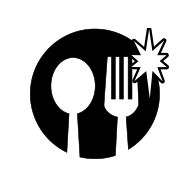
DINNERWARE SAFE WITH CLEAR GLAZE
Glazes identified with this version of the Dinnerware Safe icon indicate the fired surface is safe for use on dinnerware after a clear glaze or other dinnerware safe glaze is applied and fired.








